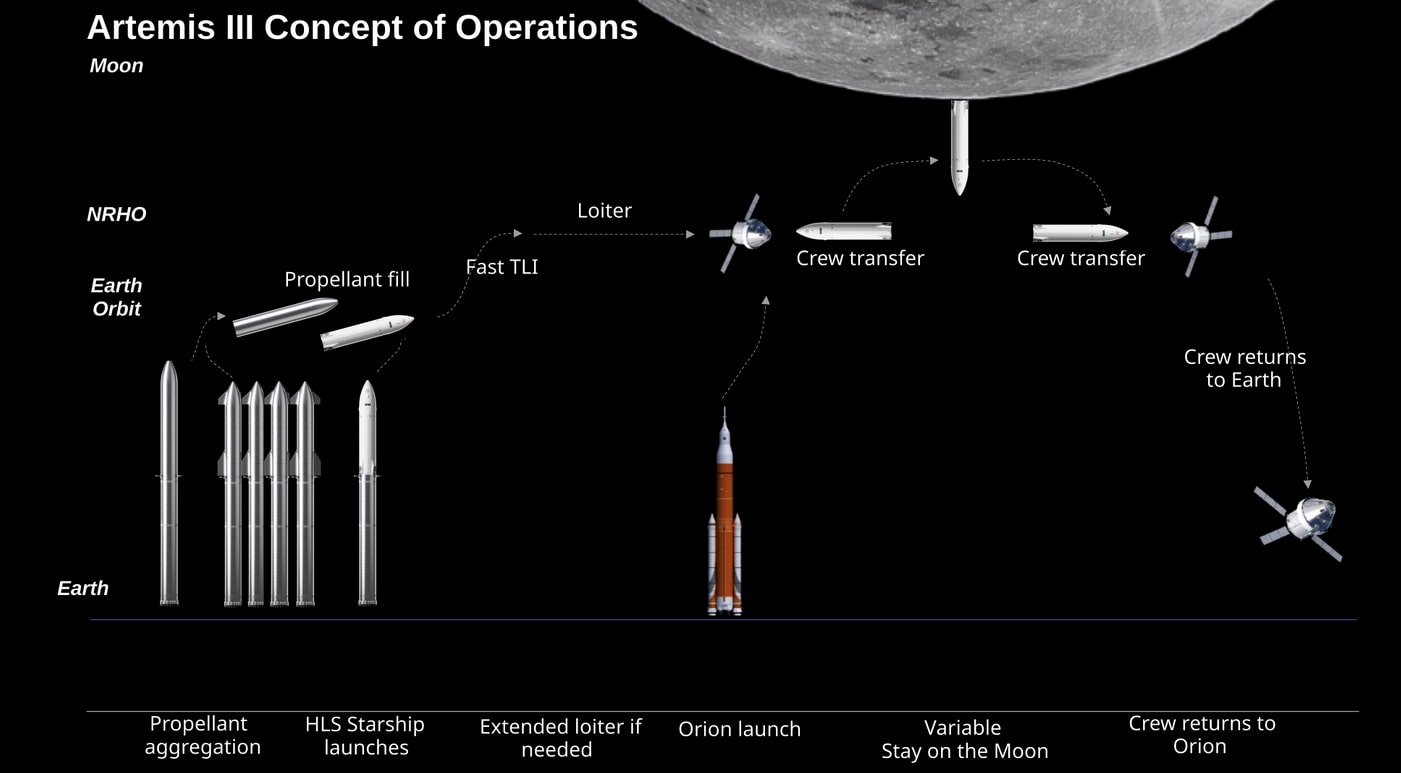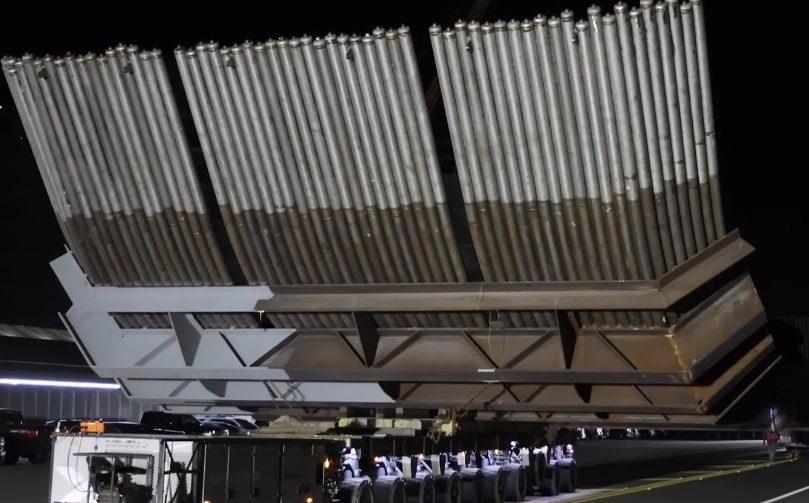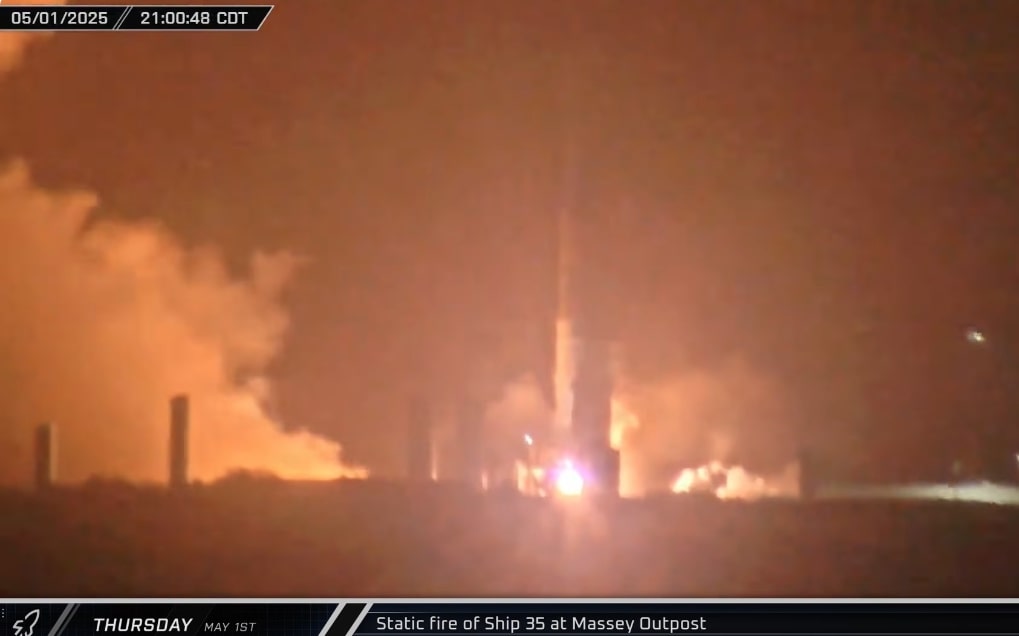Now Reading: NASA and Other Federal Budget Overruns
-
01
NASA and Other Federal Budget Overruns
NASA and Other Federal Budget Overruns

What is the history of NASA and some Federal Budget overruns?
The Space Shuttle, ISS, SLS, and Constellation programs all experienced significant delays (2–7+ years) and budget overruns (billions). NASA has tried to pivot to fixed-price contracts since 2006 contrasts with the DoD’s continued reliance on cost-plus for complex procurements, though fixed-price use occurs in select DoD programs. Legal actions, like the A-12 case, underscore federal mechanisms to address contractor failure.
In December 2024, the Artemis II launch was delayed due to the months of engineering investigations into issues with the life support system and heat shield but they were targeting a launch in April 2026. In March 2025, however, NASA announced in a statement to AmericaSpace that the mission might be accelerated and that the launch date could potentially be moved up by two months to February 2026, though this potential move has not been confirmed as of yet.
As of December 2024, NASA officially expects Artemis III to launch no earlier than mid-2027 due to heat shield issues on Orion and valve problems in the spacecraft’s life support system.
SLS is not ready for Artemis II. Orion is not ready for Artemis III. SLS is not ready for Artemis III. SpaceX Starship HLS is not ready for Artemis III. The first Congressionally mandated SLS Artemis I launch was for late 2016 was delayed by nearly six years. They did not pledge a date for Artemis II but were thinking 2017 or 2018.This will be about 8 to 9 years late.

Rare Legal Actions
The federal government has pursued legal action against contractors for breach of contract or failure to deliver, often under FAR breach provisions or the False Claims Act (31 U.S.C. §§ 3729–3733). A prominent case is the A-12 Avenger II, a stealth aircraft program canceled in 1991. The Navy sued McDonnell Douglas and General Dynamics for defaulting after costs soared from $4.8 billion to over $7 billion and delays mounted. The litigation, spanning decades, ended with a 2014 settlement where contractors paid $400 million, highlighting government recourse for non-delivery. There have been fraud cases (e.g., Boeing’s satellite program overbilling) and defective pricing lawsuits. There have been rare enforcement of contractual obligations.
The DoD almost always uses cost-plus contracts for large, developmental programs like aircraft carriers (e.g., Ford-class), submarines (e.g., Virginia-class), and the F-35 Joint Strike Fighter. They have experienced huge delays and overruns. The F-35’s development cost escalated from $233 billion to over $400 billion, per GAO reports, under cost-plus arrangements.
The KC-46 Pegasus tanker program, awarded to Boeing in 2011 as a fixed-price contract, is a notable example. It still incurred delays and Boeing absorbed over $7 billion in overruns. Every fixed priced contract for Boeing has resulted in big losses like Boeing Starliner.


In the early 1970s, NASA estimated the Space Shuttle would cost $10.5 million per flight in 1972 dollars, equivalent to approximately $60 million per flight in 2020 dollars. This was based on a projected flight rate of 50 missions per year, which aimed to reduce costs through frequent use.
The actual average cost per flight over the program’s lifetime (1981–2011) was about $1.5 billion per flight. This is the total actual program cost of $209 billion divided by 135 missions. This included development, operations, and maintenance expenses. The significant overrun reflects lower flight rates (averaging 4-5 per year), extensive maintenance (rebuilding the heat shield after every flight), and many technical problems.
In 2011, NASA estimated the SLS development cost through its first flight at $5.5 billion in 2011 dollars, equivalent to about $9.1 billion in 2020 dollars after inflation adjustment. This was an early projection for the core rocket development. The SLS actual cost is more like $40 billion.
SpaceX Human Landing System (HLS)
The SpaceX HLS Contract is a The $2.9 billion (plus $1.15 billion modification) contract includes provisions for excusable delays and schedule adjustments, reflecting delays from litigation and technical hurdles. The Artemis III landing shifted from 2024 to 2027 due to these factors. ULA’s launch service contracts likely have similar delay provisions, though specific impacts are less publicized. Military contractors avoid lawsuits due to protective clauses (force majeure, termination for convenience) and strategic priorities, as likely occurred with the $12 billion submarine.
Artemis III is planned to be the first crewed Moon landing mission of the Artemis program and the first crewed flight of the Starship HLS lander. As of December 2024, NASA officially expects Artemis III to launch no earlier than mid-2027 due to heat shield issues on Orion and valve problems in the spacecraft’s life support system.
In August 2023, due to delays in the development of Starship, NASA officials expressed an openness to flying Artemis III without a crewed landing.
Contractual Protections to Contractors
Contractors are excused from liability for delays due to unforeseeable events (e.g., natural disasters, pandemics, or geopolitical disruptions). This is called Force Majeure.
The government frequently modifies specifications (e.g., updated technology or mission needs), delaying projects without contractor fault. This could render the original contract unfeasible, leading to cancellation rather than litigation.
The government can cancel contracts at its discretion, paying only for work completed (Termination for Convenience). This clause, standard in Federal Acquisition Regulation (FAR) contracts, limits legal recourse by ending the agreement without blame.
Strategic Considerations
Suing a contractor could deter companies from bidding on future defense projects, reducing competition and increasing costs. There is the need to maintain future relationships.
If the contractor is a critical supplier (e.g., a shipbuilder like General Dynamics or Huntington Ingalls), legal action might disrupt other vital programs with national security interests.
Litigation is expensive and time-consuming, and recovery might not justify the effort, especially if delays stem from government-driven factors like funding cuts or scope changes.

Brian Wang is a Futurist Thought Leader and a popular Science blogger with 1 million readers per month. His blog Nextbigfuture.com is ranked #1 Science News Blog. It covers many disruptive technology and trends including Space, Robotics, Artificial Intelligence, Medicine, Anti-aging Biotechnology, and Nanotechnology.
Known for identifying cutting edge technologies, he is currently a Co-Founder of a startup and fundraiser for high potential early-stage companies. He is the Head of Research for Allocations for deep technology investments and an Angel Investor at Space Angels.
A frequent speaker at corporations, he has been a TEDx speaker, a Singularity University speaker and guest at numerous interviews for radio and podcasts. He is open to public speaking and advising engagements.























